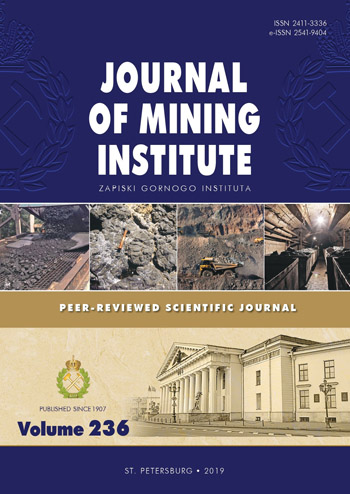AMT soundings in the dead band within the Chukotka region (Russian Far East)
- 1 — Ph.D. генеральный директор J M Service Ltd.
- 2 — Ph.D. Торонто
- 3 — Ph.D. Leading engineer Saint-Petersburg Mining University
- 4 — engineer Saint-Petersburg Mining University
Abstract
The article analyzes the amplitude spectra of audio magnetotelluric sounding (AMTs) data. Particular attention is focused on the frequency range from 1 to 5 kHz, which is called dead band. We analyzed the data of base stations used in the fieldwork during the summer and autumn seasons in 2013, 2014, and 2017. The area of work is located in the Chukotka Autonomous Area beyond the Arctic Circle. Previous researchers noted that a reliable signal in the dead band can only be obtained at nighttime. The authors of the article found that in Chukotka region in the daytime against the minimum signal within the dead band there is a local maximum at a frequency of 2.4 kHz. When registering a field for more than 3 hours during daytime, in most cases, it is possible to restore the frequencies of 2.2 and 2.6 kHz. These frequencies are reliable benchmarks, allowing in some cases to restore the AMT curve using the correlation between amplitude and phase. We have proposed ways to improve data quality in the dead band when measured during the daytime.
